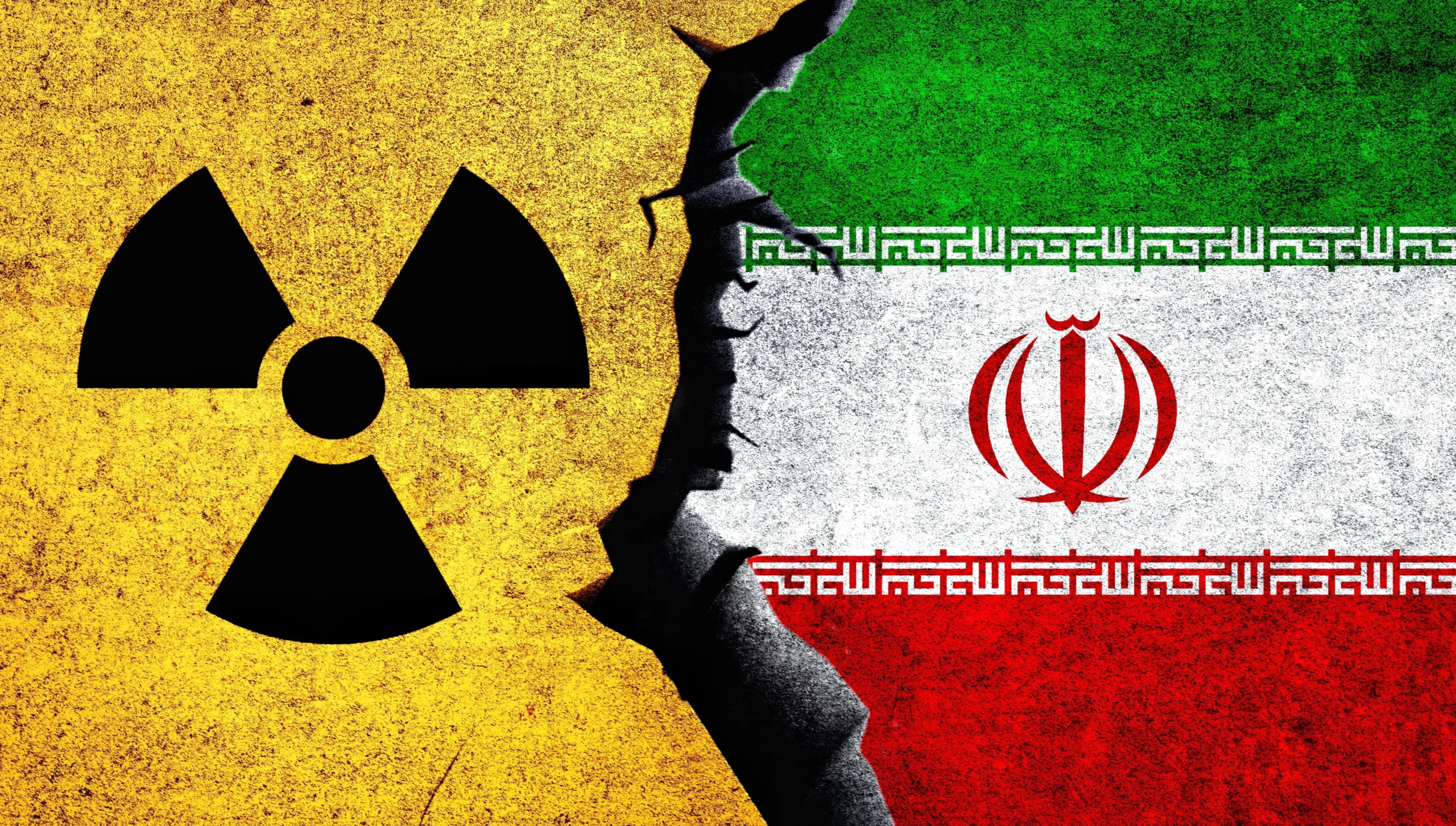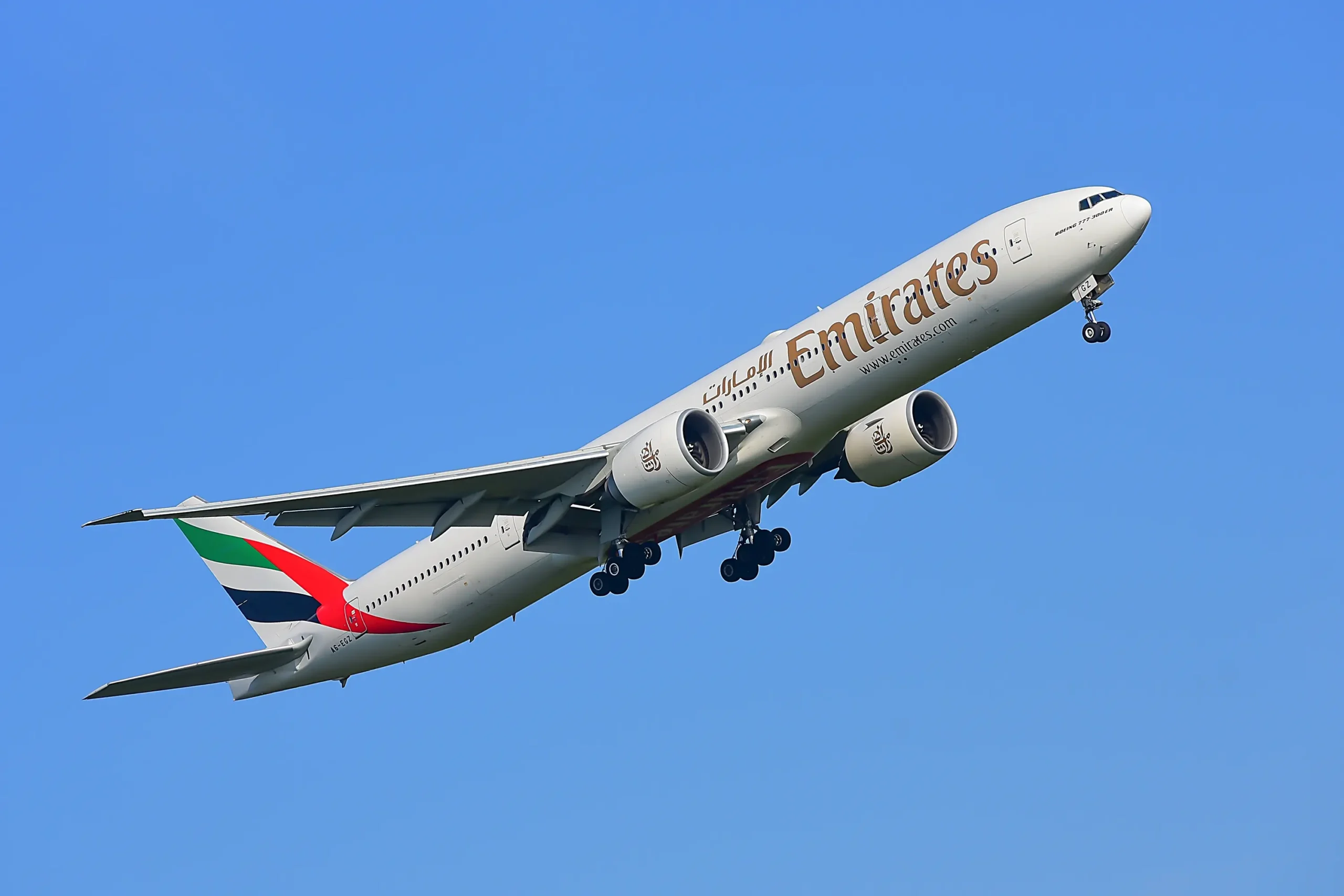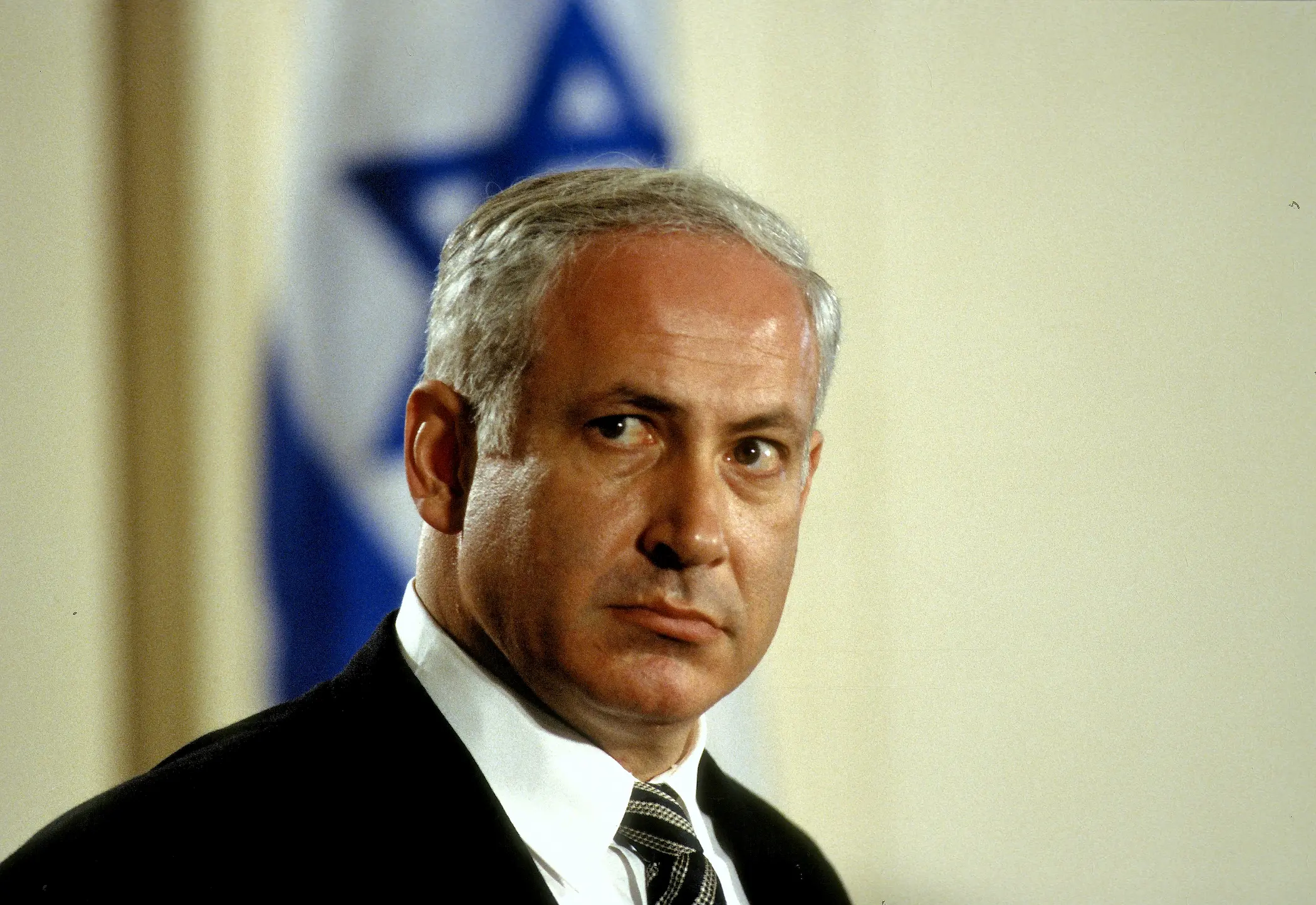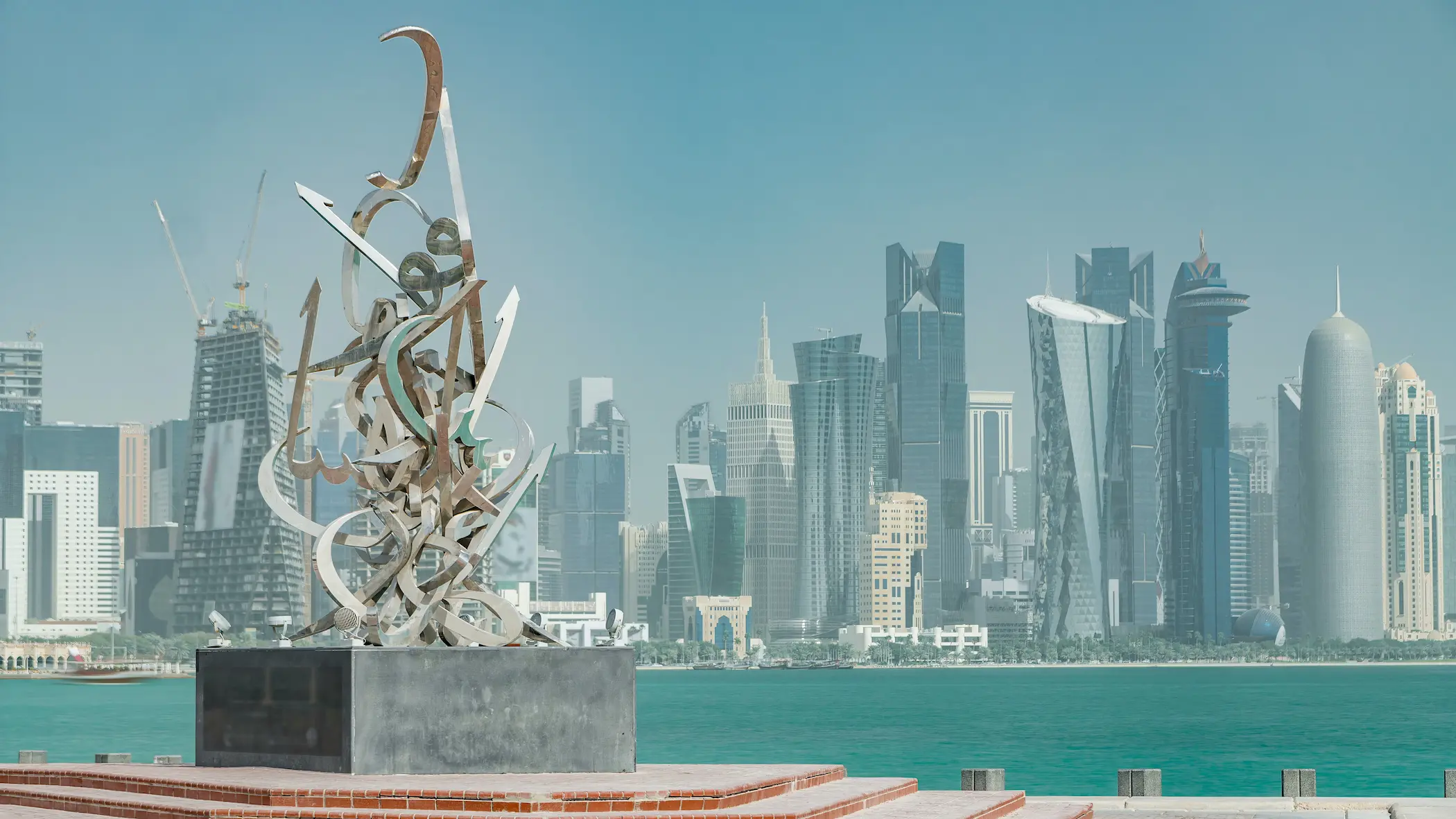The term “unification of arenas” emerged in the discourse of the Arab-Israeli conflict following the 2021 Sword of Jerusalem Battle. This military and ideological strategy is primarily linked to Iran’s regional proxies within the “axis of resistance.” This coalition includes Hezbollah, Hamas, the Houthis, and various Iranian-backed militias in Syria and Iraq. Its objective is to enhance operational coordination among these groups to counter Israel and diminish American influence in the region, aligning with Iranian strategic interests. The approach involves launching simultaneous actions across different fronts, including Lebanon, Gaza, and Yemen, to orchestrate a unified battle against common adversaries, particularly Israel and the United States (U.S.).
While this strategy had been employed on a limited scale prior to October 7, it achieved unprecedented levels of coordination following these operations. The execution involved dividing targets within Israel, with coordinated attacks from Gaza, Lebanon, Iraq, Syria, and Yemen. This meticulous synchronisation and sequence of missile and drone strikes overwhelmed Israeli air defences, with some attacks originating from Yemen and reaching targets in Tel Aviv.
These agents, particularly the Houthis, did not limit their actions to threatening Israeli facilities. Their strikes extended to disrupting navigation in the Bab El Mandab Strait off the Yemeni coast. The Houthis conducted numerous attacks on ships they claimed had ties to Israel, whether through state ownership, ownership by individuals with Israeli citizenship, or simply passing through Israeli ports. This broad targeting strategy encompassed a significant portion of the traffic in this crucial strait for global trade, particularly affecting Arab oil-exporting countries and Egypt, which relies heavily on the Suez Canal for its maritime traffic. As a result, shipping routes have shifted from the Suez Canal to the Cape of Good Hope, prompting long-term strategic transformations and immediate economic repercussions for the Arab countries involved. This analysis aims to assess the Bab El Mandab Strait's importance for Arab countries and explore the strategic implications of its disruption on their economies.
Developments in Targeting Navigation in the Bab El Mandab Strait
The Houthis first intervened in the conflict between Israel and Hamas on October 19, 2023, implementing the “unification of arenas” strategy. On this date, the American destroyer USS Carny reported shooting down three cruise missiles launched from Houthi-controlled areas in Yemen, aimed at Israel via the Red Sea. This pattern of Houthi strikes continued throughout October and into mid-November. A significant incident occurred when a Houthi helicopter hijacked the ship Galaxy Leader as it crossed the Bab EL Mandab Strait. The Houthis initiated a prolonged series of attacks on ships based on three evolving criteria: initially targeting those owned by Israelis or Western countries supporting Israel, then expanding to include ships headed to Israeli ports. This resulted in numerous random attacks, totalling 77 by July 20, 2024, as illustrated on the accompanying map, categorised by the ships’ flags.
The attacks were not only random and indiscriminate, but most were successful despite the presence of the “Prosperity Guardian” operation forces, which were specifically formed to protect navigation in the Strait and neutralise Houthi threats. Although these forces responded to numerous types of attacks, they did not fully succeed in stopping them or ensuring the complete safety of navigation. As a result, 77 ships, as previously mentioned, were hit out of the hundreds that crossed the Strait and continue to be targeted. These incidents have caused significant economic and psychological impacts, disrupting movement. Some ships were even sunk, as illustrated in the following figure:
The figure shows that the attacks resulted in two ships sunk, seven destroyed, and eight set ablaze. Consequently, traffic concerns and insurance rates began to rise, leading to a sharp decline in traffic through the Strait.
The Importance of the Strait for Arab Countries
The Bab El Mandab holds strategic importance for Arab countries as it is an essential passage for ships entering or exiting the Suez Canal. Its significance is thus inextricably linked to the canal, reaching a strategic level for the following groups of Arab countries:
Gulf Oil Exporters
The Arab oil-exporting countries have increasingly relied on the Bab El Mandab since the onset of the Russia-Ukraine War. This conflict shifted the primary destination for oil exports from Asia to Europe due to European economic sanctions on the Russian oil sector. These sanctions prompted a search for new buyers, leading to increased exports to India and China, traditionally among the most significant buyers of Arab Gulf oil. Simultaneously, Europe sought new suppliers to replace Russian oil, altering global oil routes. As a result, Russian oil was redirected to Asia, while Arab oil was redirected to Europe. Thus, the Bab El Mandab has grown in importance for global oil trade, particularly for Arab countries. The following figure shows the primary destinations for oil and petroleum products in 2022, before the shifts caused by the Russia-Ukraine War.
With the increased risk of passing through the Strait, oil tankers have started taking the Cape of Good Hope route instead of the Suez Canal. This has complicated logistics and reduced the number of ships available for re-shipping, as the longer travel times affect the sustainability of shipping operations and create numerous obstacles for products reaching the market.
The figure shows that the journey from the Port of Ras Tanura in Saudi Arabia to the Port of Rotterdam in the Netherlands takes 19 days and four hours at a speed of 15 knots via the Bab El Mandeb-Suez Canal route. In contrast, the same journey via the Cape of Good Hope route, which involves a 75% increase in distance, takes over 33 days. This extended transit time leads to increased disruptions for oil tankers, which will likely cause short-term price hikes and long-term damage, as explained further.
Additionally, the data indicates a growing trend in oil quantities transported via the Bab El Mandeb-Suez Canal route, increasing from 6.4 million barrels per day in 2018 to 8.6 million in 2023. Conversely, amounts transported via the Cape of Good Hope route have declined, dropping to 6 million barrels per day in 2023 from 7.6 million in 2018. This decline is attributed to decreased shipments from the Gulf and the U.S. and a greater reliance on the shorter Suez Canal route, a reliance currently impacted by tensions in the Bab El Mandeb Strait.
North Africa
China is the primary trading partner for many Arab countries, complemented by increasing trade relations with Southeast Asian nations such as South Korea, India, Japan, and Indonesia. Consequently, goods worth tens of billions of dollars are transported through the Bab El Mandeb and the Suez Canal, particularly to North African countries.
The figure shows that North African countries import $46.5 billion of goods from the five Asian countries listed in the table. Disrupting the delivery of these goods exerts significant pressure on markets, particularly if the goods are essential food items or crucial industrial inputs. These markets are also facing severe strain due to high global inflation rates, rising interest rates, and shipping issues exacerbated by the COVID-19 pandemic and the Russia-Ukraine war. High inflation rates are placing considerable stress on North African economies, impacting growth rates, poverty levels, and employment indirectly in the medium and long term, particularly in Egypt, Tunisia, and Libya.
Decrease in Transit Cargo in the Suez Canal
Egypt is significantly impacted by disruptions in the Bab El Mandeb that impede or affect navigation. In addition to the previously mentioned inflationary pressures, the strain is exacerbated by a sharp decline in cargo volume, directly affecting the canal’s revenues. The Suez Canal is Egypt’s fifth most important source of foreign currency.
Every disturbance in the Bab El Mandeb Strait leads to reduced ship traffic through the Canal due to fears of attacks. This results in decreased cargo volumes as insurance costs for crossing the Bab El Mandeb and the targeting rates for passing ships increase. This series of factors ultimately causes a sharp decline in cargo transit through the canal, leading to a significant drop in revenues.
The figure shows that the Suez Canal’s transit cargo 2023 reached 1.68 billion metric tons, a 14% increase from 1.48 billion metric tons in 2022. However, cargo volumes fell by 62% during the first six months of 2024, dropping to 315 million tons from approximately 836 million tons in the same period of 2023.
These declines are occurring as the Egyptian economy faces sharp reductions in cash flows from various sources. Additionally, heightened pressures from military operations in Gaza, Sudan, and Libya further exacerbate the impact of foreign currency shortages on the Egyptian economy.
Strategic Repercussions of Obstructing Navigation in the Bab El Mandeb on Arab Countries
In addition to the previously mentioned impacts, prolonged or frequent obstructions of navigation could lead to several strategic repercussions.
Changing Shipping Routes
The disruption of trade through the Suez Canal has led shipping companies to shift their routes to the Cape of Good Hope. This alteration impacts routes originating from the Arabian Sea. While this shift negatively affects Red Sea ports in Saudi Arabia, Sudan, and Egypt, the ports in the Arabian Gulf and the Arabian Sea—particularly in Oman and the UAE—remain crucial. These ports serve not only as key points for oil exports but also as primary hubs for logistics and maritime services. They are strategically positioned before the Strait for east-to-west trade or after it for trade coming from the Cape of Good Hope toward Asian ports.
Prolonged disruptions will drive shipping companies, insurance firms, and other stakeholders to seek more sustainable routes that bypass both the Strait and the Canal. These routes must balance cost and distance to ensure they are more economical than circumnavigating Africa. The Northern Sea Route emerges as a key alternative, offering a viable option despite certain limitations. This route crosses the North Pole along the Russian border, bypassing the landmass between the east and the west from the north rather than the south.
Since 2010, Russia has actively promoted this route as an alternative to the Suez Canal. Its efforts have achieved significant success as obstacles have been gradually overcome. Critical to this development is the deployment of icebreakers to protect ships from drifting ice and to facilitate convoy movements. Russia has introduced nuclear icebreakers with low operating costs and established several ports along the route to provide necessary logistical support.
The acceleration of ice melting at the North Pole due to rising global temperatures has extended the availability of the Northern Sea Route during the summer, making it accessible for longer periods than in the past when temperatures were lower.
These efforts have yielded positive results, with traffic rates and cargo volumes increasing more than tenfold between 2011 and 2021. During this period, annual cargo volume surged from 3.1 million tons to approximately 34.8 million tons. However, in 2022, the volume decreased to 34 million tons due to the Russia-Ukraine War and Western sanctions against Russia. The Russian authorities have not released statistics for 2023, likely due to one or both of the following reasons: a significant drop in traffic—potentially to less than half of previous levels—or the withholding of data on oil transported by the so-called shadow fleet under sanctions.
The turmoil in the Bab El Mandeb has revitalised interest in the Northern Sea Route due to the limitations of the Cape of Good Hope route. In July 2024, China expanded its list of sea lanes to include the Northern Sea Route’s straits—Bering, Dmitriy Laptev, Vilkitsky, and Kara—demonstrating China’s increasing interest in this passage. This development aligns with Russian ambitions to establish the Northern Sea Route as a major strategic corridor for international trade, particularly for energy transportation. Both China and Russia, as strategic partners, view energy security as a key national security priority.
If these efforts succeed, Gulf ports on the Arabian Sea, Arabian Gulf, Red Sea, and the Suez Canal may face significant challenges from North Sea ports. This could diminish their strategic importance, potentially reducing global significance for ports such as Jebel Ali, Sohar, and Salalah, as well as for the Suez Canal as a major sea lane. Such a shift would likely result in substantial economic losses, with Egypt’s revenue from the Suez Canal being a crucial source of foreign currency, ranking fifth in its overall foreign income.
Although this potential threat is on the horizon, it faces significant challenges. Chief among these is the deepening rift between the Western bloc, Russia, and China, a division likely to intensify rather than subside. As this discord escalates, the West will likely avoid using the Russian corridor to prevent bolstering Russia’s influence or income sources. Additionally, there is a considerable disparity in cargo volumes; the annual cargo throughout of the Northern Sea Route is less than the daily volume handled by the Suez Canal under normal conditions. Furthermore, the route through the Strait and the Canal involves numerous ports and destinations, allowing for multiple loading and unloading opportunities along the journey. This network enhances shipping companies’ profits and reduces overall costs.
Accelerating the Transition Away from Fossil Energy
Fossil energy is a global commodity, with major consumption centres often located thousands of miles from production sites. Consequently, it is primarily transported by sea, the most cost-effective method for large quantities of fuel. However, this transport method has drawbacks, as it must navigate various straits and sea channels that are increasingly affected by climate change and political tensions. This exposure can lead to delays or failures in reaching target markets. Such disruptions can cause significant market disturbances due to the critical role of energy in production processes. Persistent issues may prompt consumers to seek alternative energy sources produced locally, reducing the risks associated with fossil fuel production and transport.
The following figure illustrates the impact of the 1973 Arab oil embargo on France and Germany’s decision to develop nuclear reactors.
The situation in the Bab El Mandeb mirrors the challenges faced in Europe, where the Houthis’ disruptions obstruct energy flow from the Gulf—the primary production area—to Europe, a key consumption market. Europe, having recently experienced Russia’s use of energy as a geopolitical weapon during the winter of 2022-2023, is acutely aware of its vulnerability. This situation has intensified Europe’s reliance on Gulf energy supplies and highlighted the need for secure and sustainable energy sources.
In response to these challenges, Europe will likely accelerate efforts to enhance local energy production capabilities. This shift is driven by several factors: severe climate change impacts, a strategic move away from fossil fuels, and an increased focus on less polluting energy sources such as nuclear, solar, and wind power. Additionally, rising temperatures are reducing the efficiency of fossil-fuel-based thermal stations. In contrast, the declining construction costs and higher safety rates of solar and wind power stations further incentivise Europe to transition away from fossil fuels, particularly oil.
Arab oil-exporting countries, particularly those in the Gulf, will face significant challenges with any accelerated transition from fossil fuels. This is not only due to the potential loss of their substantial reserves but also because these economies are still heavily reliant on oil as a primary source of national income. While they are making strides to diversify their economic structures, this process is ongoing and will require more time.
In conclusion, the current situation in the Red Sea indicates a potential long-term strategic shift in global trade routes driven by escalating threats to the Bab El Mandeb Strait. The Gulf states and Egypt are particularly vulnerable to these developments, as they depend heavily on the Strait for oil exports and revenue from Suez Canal traffic. The persistence of these disturbances threatens to precipitate a major shift in global energy trade and expedite the transition to renewable energy sources. This shift could have detrimental effects on the economies of the Gulf states—and, to a lesser extent, Egypt—which rely heavily on oil exports. Additionally, redirecting maritime trade routes to alternatives such as the Northern Sea Route or the Cape of Good Hope could diminish the strategic importance of Gulf ports and the Suez Canal, negatively impacting the regional economy. Therefore, immediate and coordinated Arab action is crucial. First, efforts should focus on pressuring Israel to cease its military operations in the Gaza Strip. Second, concerted pressure must be applied to Iran to halt its support for the Houthis and their attacks on navigation in the Bab El Mandeb. Finally, the international community must be urged to act swiftly to ensure freedom of navigation in this critical waterway, safeguarding not only the economic interests of Arab countries but also the stability of the global economy and energy security.
References
Tara Copp, Lolita Baldor, US military shoots down missiles and drones as it faces growing threats in volatile Middle East, AP, 20th Oct, 2024, Accessed: 25th Jul 2024, Available at: US Navy warship shoots down three missiles fired from Yemen | AP News
Guardian Staff, Yemen’s Houthi rebels seize cargo ship in Red Sea and call Israeli vessels ‘legitimate targets’, The Guardian, 20th Nov 2023, , Accessed: 25th Jul 2024, Available at: https://www.theguardian.com/world/2023/nov/20/yemen-houthi-rebels-seize-cargo-ship-galaxy-leader-red-sea-israel
Liu, Miaojia, and Jacob Kronbak. “The potential economic viability of using the Northern Sea Route (NSR) as an alternative route between Asia and Europe.” Journal of transport Geography 18.3 (2010): 434-444.
The Moscow Times, Putin Gives Go-Ahead to New Nuclear Icebreaker, 26th Jan, 2024, Accessed: 25th Jul 2024, Available at: https://www.themoscowtimes.com/2024/01/26/putin-gives-go-ahead-to-new-nuclear-icebreaker-a83873
Malte Humpert, The Future of the Northern Sea Route – A “Golden Waterway” or a Niche Trade Route, The Arctic Institute, 15th Sep 2011, Accessed: 25th Jul 2024, Available at: https://www.thearcticinstitute.org/future-northern-sea-route-golden-waterway-niche/
Northen Sea Route information office, Shipping traffic at the NSR in 2022, 06th Jun 2023, Accessed: 25th Jul 2024, Available at: https://arctic-lio.com/nsr-2022-short-report/
كفاية أولير، روسيا والصين تُخططان لإنشاء طريق الحريري الجليدي، اندبندنت عربية، ١٦ يوليو ٢٠٢٤، أُطلع عليه في تاريخ ٢٥ يوليو ٢٠٢٤، مُتاح على https://www.independentarabia.com/node/598281/%D8%A7%D9%82%D8%AA%D8%B5%D8%A7%D8%AF/%D8%A3%D8%AE%D8%A8%D8%A7%D8%B1-%D9%88%D8%AA%D9%82%D8%A7%D8%B1%D9%8A%D8%B1-%D8%A7%D9%82%D8%AA%D8%B5%D8%A7%D8%AF%D9%8A%D8%A9/%D8%B1%D9%88%D8%B3%D9%8A%D8%A7-%D9%88%D8%A7%D9%84%D8%B5%D9%8A%D9%86-%D8%AA%D8%AE%D8%B7%D8%B7%D8%A7%D9%86-%D9%84%D8%A5%D9%86%D8%B4%D8%A7%D8%A1-%D8%B7%D8%B1%D9%8A%D9%82-%D8%A7%D9%84%D8%AD%D8%B1%D9%8A%D8%B1-%D8%A7%D9%84%D8%AC%D9%84%D9%8A%D8%AF%D9%8A.
World Nuclear Association, Nuclear Power and Energy Security, 16th Apr, 2024, Accessed: 25th Jul 2024, Available at: https://world-nuclear.org/information-library/economic-aspects/nuclear-power-and-energy-security












Comments